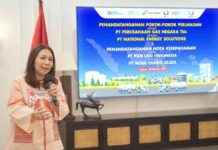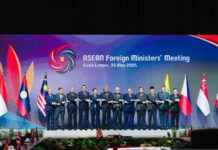In the heart of the Dutch East Indies, political maneuvering takes center stage as tensions rise and power dynamics shift. This strategic dance of influence and control has captured the attention of many, sparking curiosity and concern among both locals and foreign observers alike. Let’s delve into the intricate web of politics in this region, exploring the key players, motivations, and implications of these maneuvers.
The Players Behind the Scenes: Unveiling the Faces of Power
At the forefront of this political theater are a handful of prominent figures whose actions and decisions shape the course of events in the Dutch East Indies. Among them, Governor-General Herman Willem Daendels stands out as a central figure, known for his bold reforms and ambitious projects aimed at modernizing the region. His vision and leadership style have garnered both admiration and criticism, as he navigates the complex landscape of colonial rule.
Accompanying Daendels is a cast of characters ranging from local elites to foreign advisors, each bringing their own agenda and perspective to the table. The interactions and conflicts between these individuals offer a glimpse into the intricate power dynamics at play, showcasing the delicate balance of interests and alliances that define the political landscape of the Dutch East Indies.
Navigating the Maze: Understanding the Motivations and Strategies
Behind every political maneuver lies a set of motivations and strategies that drive the actions of those involved. In the case of the Dutch East Indies, economic interests, colonial ambitions, and personal rivalries intertwine to create a complex tapestry of power struggles and negotiations.
For Governor-General Daendels, the push for modernization and infrastructure development serves as a means to consolidate his authority and leave a lasting legacy in the region. His ambitious projects, such as the construction of the Great Post Road, not only aim to improve transportation and communication networks but also serve as a symbol of Dutch power and influence in the East Indies.
However, not everyone is on board with Daendels’ vision, as local elites and traditional power structures resist the changes brought about by colonial rule. Their efforts to maintain their influence and autonomy in the face of increasing Dutch control add another layer of complexity to the political landscape, highlighting the tensions between tradition and modernity in this diverse and dynamic region.
As the political maneuvering continues to unfold, it remains to be seen how these competing interests and agendas will shape the future of the Dutch East Indies. The intricate interplay of power, ambition, and resistance sets the stage for a drama that captivates and intrigues all who are drawn into its orbit.
In conclusion, the political maneuvering in the Dutch East Indies offers a window into the complexities of colonial rule and the challenges of navigating power dynamics in a diverse and dynamic region. By exploring the key players, motivations, and strategies at play, we gain a deeper understanding of the forces shaping the course of events in this pivotal moment in history. As the story continues to unfold, we are reminded of the timeless truths of politics: that power is both a tool and a weapon, wielded with skill and strategy by those who seek to shape the world in their image.






















